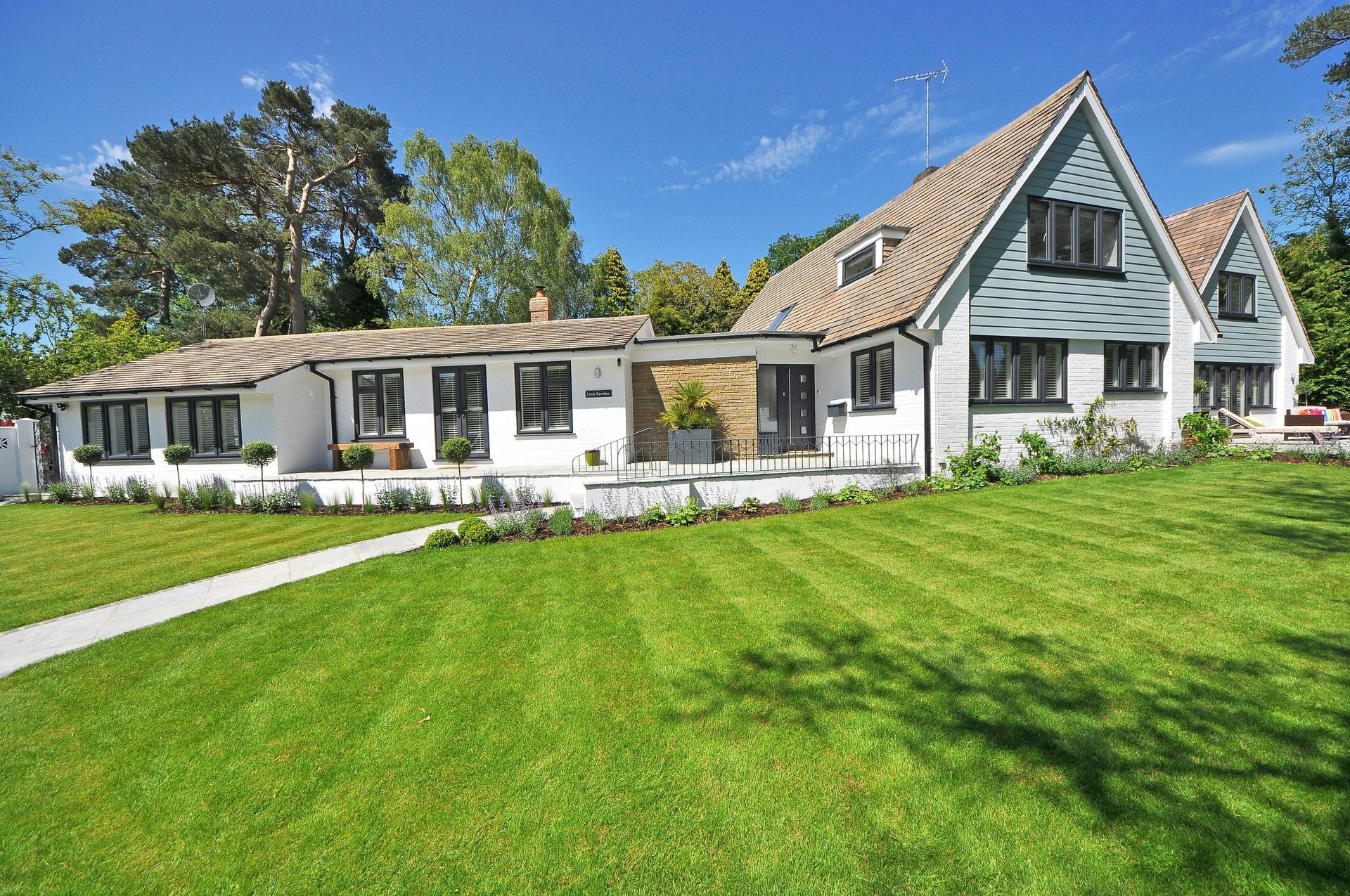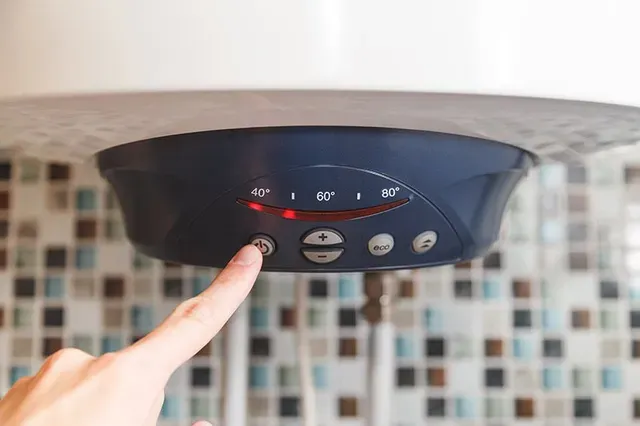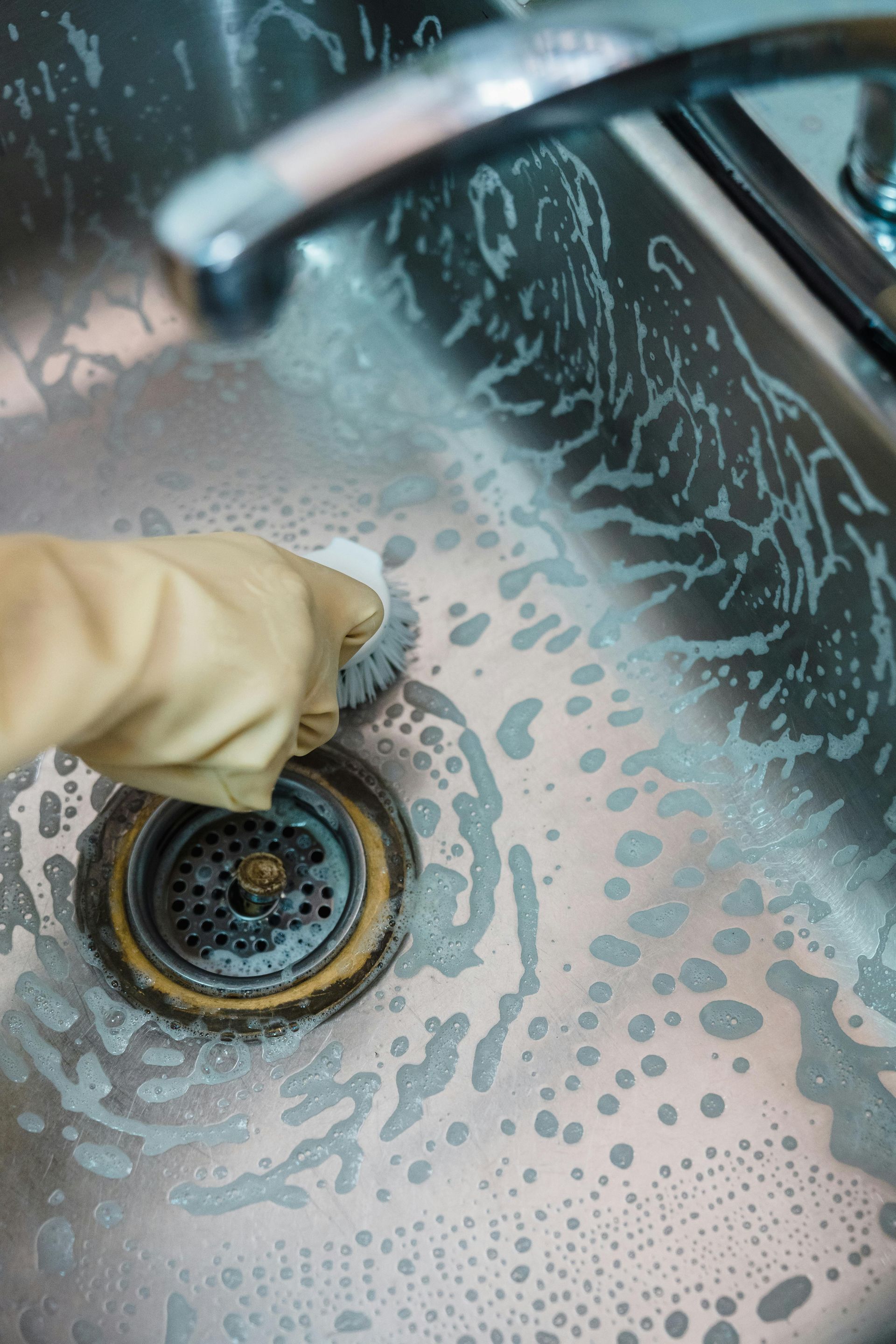How to Identify and Properly Fix a Running Toilet?
A running toilet is one of the most common yet overlooked plumbing issues in homes. Not only does it waste substantial amounts of water—potentially increasing your utility bills—but it can also signal underlying problems that, if left unchecked, may lead to more serious plumbing failures. Addressing a running toilet promptly is just as important as knowing how to maintain your water heater or when to call for emergency services. This comprehensive guide will help you identify the causes of a running toilet and provide step-by-step solutions to fix it, ensuring your plumbing system remains efficient and reliable.
Understanding the Problem: Why Toilets Run
A toilet that continues to run after flushing is typically the result of a malfunction within the tank’s internal components. The most common culprits include a faulty flapper, a misadjusted float, a worn fill valve, or issues with the chain or flush lever. Each of these components plays a crucial role in the flush and refill cycle. When any part fails to operate correctly, water continues to flow from the tank into the bowl, preventing the tank from refilling and causing the running sound.
Beyond wasted water, a running toilet can sometimes be a symptom of high-water pressure or mineral buildup—issues that can also affect other fixtures in your home, such as when you maintain your water heater. Recognizing the signs early and addressing them promptly can prevent escalation into larger plumbing emergencies.
Diagnosing the Cause of a Running Toilet
The first step in fixing a running toilet is to pinpoint the source of the problem. Begin by removing the tank lid and observing the flush cycle. If water continues to trickle into the bowl after the flush, check the following:
- Flapper Valve: The flapper is a rubber seal at the bottom of the tank. It lifts when you flush, allowing water to flow into the bowl, then reseats to stop the flow. If the flapper is warped, dirty, or doesn’t seal properly, water will leak continuously.
- Chain or Flush Lever: If the chain connecting the flush lever to the flapper is too short or tangled, it may prevent the flapper from closing fully. Conversely, a chain that’s too long may get caught under the flapper.
- Float and Fill Valve: The float controls the fill valve, which refills the tank after a flush. If the float is set too high, the tank will overfill and water will spill into the overflow tube, causing constant running. If the fill valve is worn or faulty, it may not shut off properly.
Step-by-Step Solutions to Fix a Running Toilet
Once you have identified the faulty component, you can proceed with targeted repairs:
1. Replacing or Adjusting the Flapper:
Turn off the water supply to the toilet and flush to empty the tank. Remove the old flapper and replace it with a new one of the same size and type. Ensure the new flapper creates a tight seal over the flush valve. If the flapper is dirty but otherwise intact, clean it thoroughly and reseat it.
2. Adjusting the Chain or Flush Lever:
Check the chain length. It should have a slight slack when the flapper is closed but should not be so loose that it gets caught under the flapper. Adjust the chain as needed and ensure the flush lever moves freely.
3. Adjusting or Replacing the Float and Fill Valve:
If the float is adjustable, lower it so that the water level sits about an inch below the top of the overflow tube. For older ballcock-style floats, bend the arm downward slightly. If the fill valve is faulty or leaking, replace it with a new, compatible unit. Most modern fill valves are easy to install with basic tools.
4. Checking for Mineral Buildup:
Hard water can cause mineral deposits that interfere with the movement of internal components. Clean the tank and all moving parts with vinegar or a descaling solution to ensure smooth operation.
When to Call for Emergency Services
Most running toilets can be fixed with basic tools and replacement parts. However, if you notice persistent leaks around the base of the toilet, water pooling on the floor, or if you suspect a more serious issue like a cracked tank or a broken supply line, it’s time to call for emergency services. Professional plumbers have the expertise and equipment to handle complex repairs and prevent water damage to your home.
Additionally, if you find that your home is experiencing multiple plumbing issues—such as reduced water pressure, noisy pipes, or problems with other fixtures like your water heater—it may indicate a larger problem within your plumbing system. In such cases, a comprehensive inspection by a licensed plumber is recommended.
Preventive Maintenance Tips
Regular inspection and maintenance are the best ways to prevent running toilets and other plumbing issues. Check your toilet’s internal components at least twice a year and replace worn parts promptly. If you live in an area with hard water, consider installing a water softener to reduce mineral buildup in your plumbing system. Just as you would maintain your water heater to ensure efficient operation, proactive care for your toilet will save you time and money in the long run.
Conclusion
A running toilet is more than just an annoyance—it’s a sign that your home’s plumbing system needs attention. By learning how to identify and fix the underlying issues, you can restore efficiency, conserve water, and avoid costly emergencies. Remember, while many repairs are straightforward, don’t hesitate to call for emergency services if you encounter leaks, structural damage, or persistent problems. With regular maintenance and prompt repairs, you can keep your toilet—and your entire plumbing system—running smoothly for years to come.











